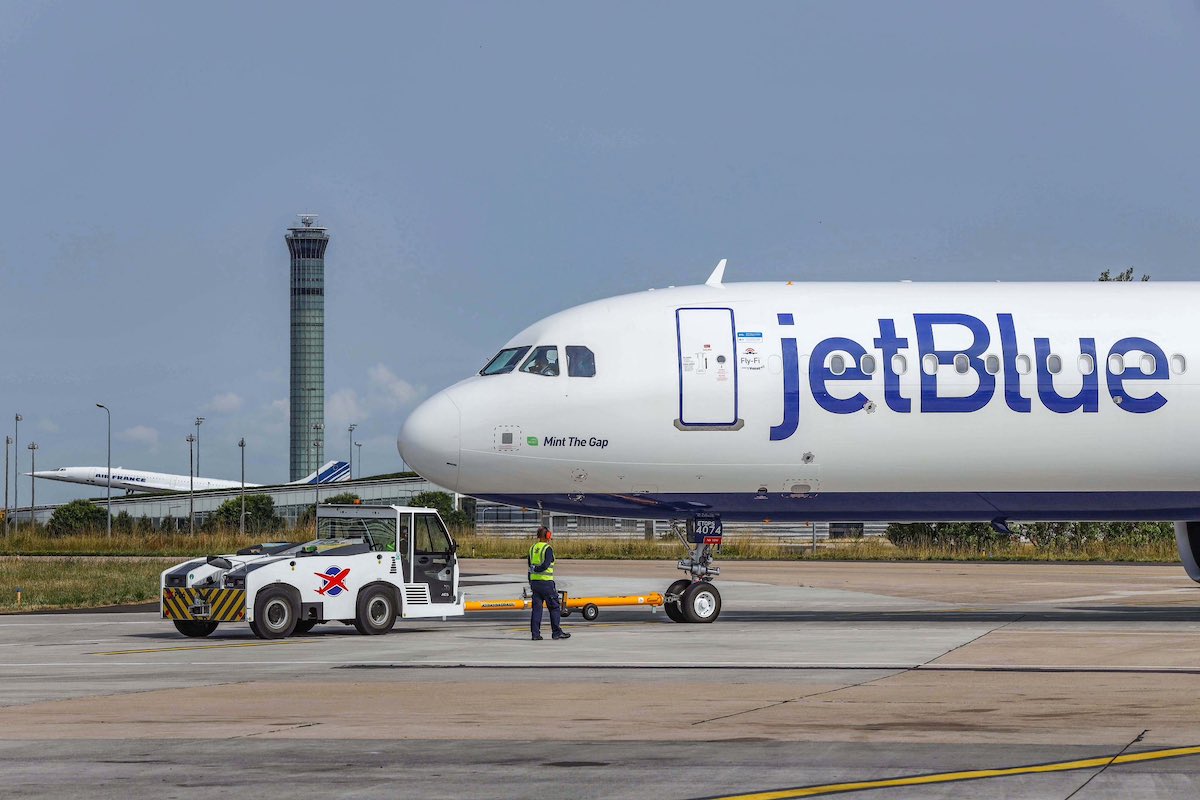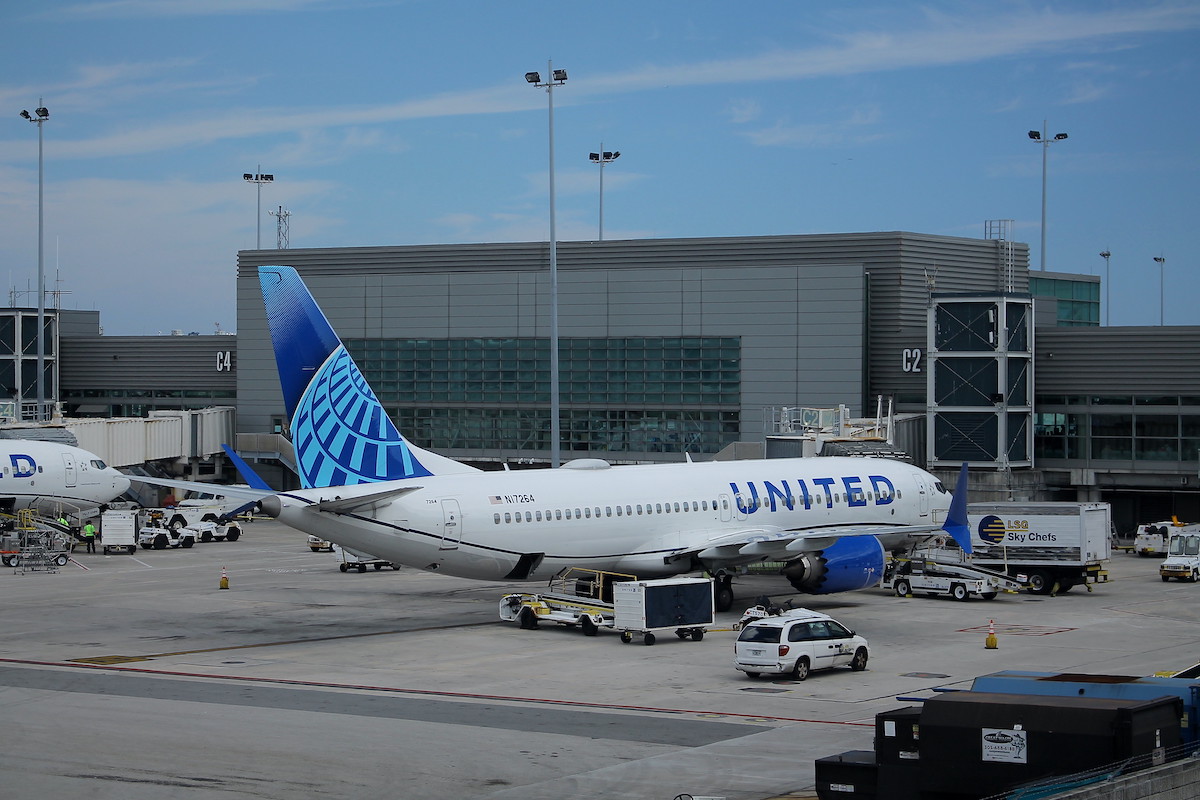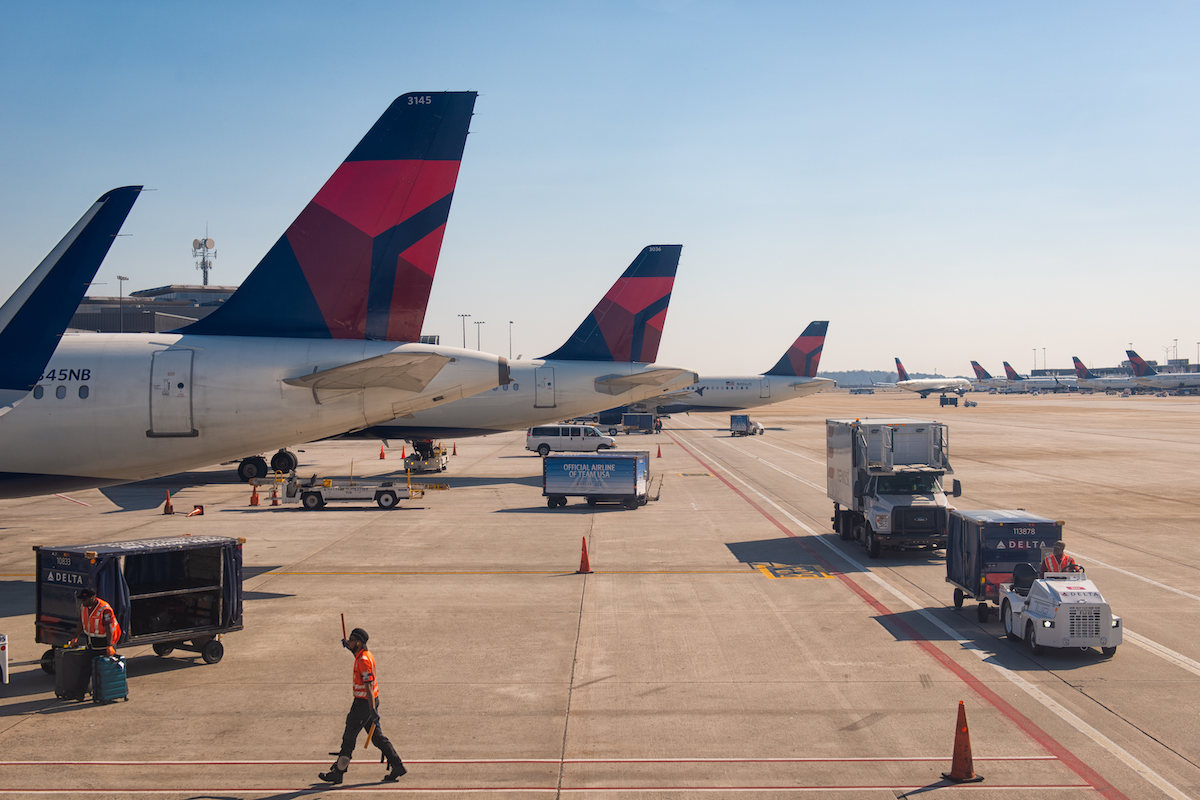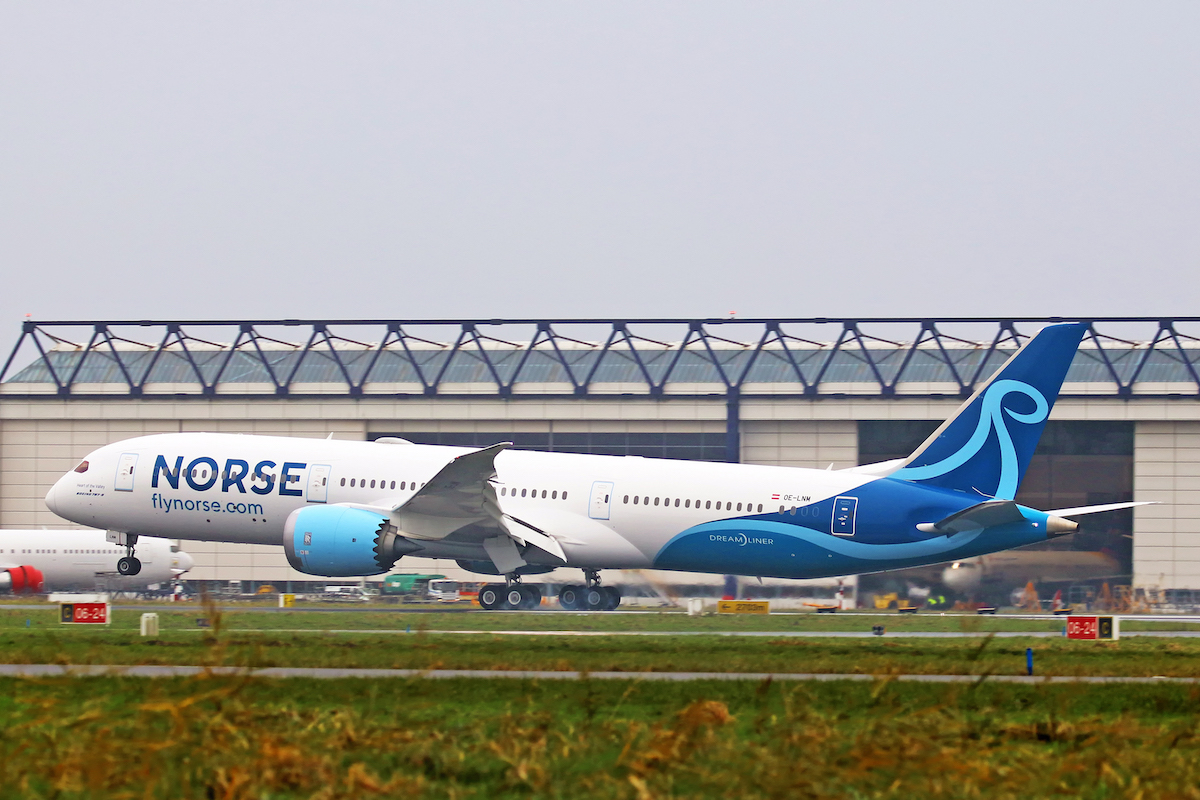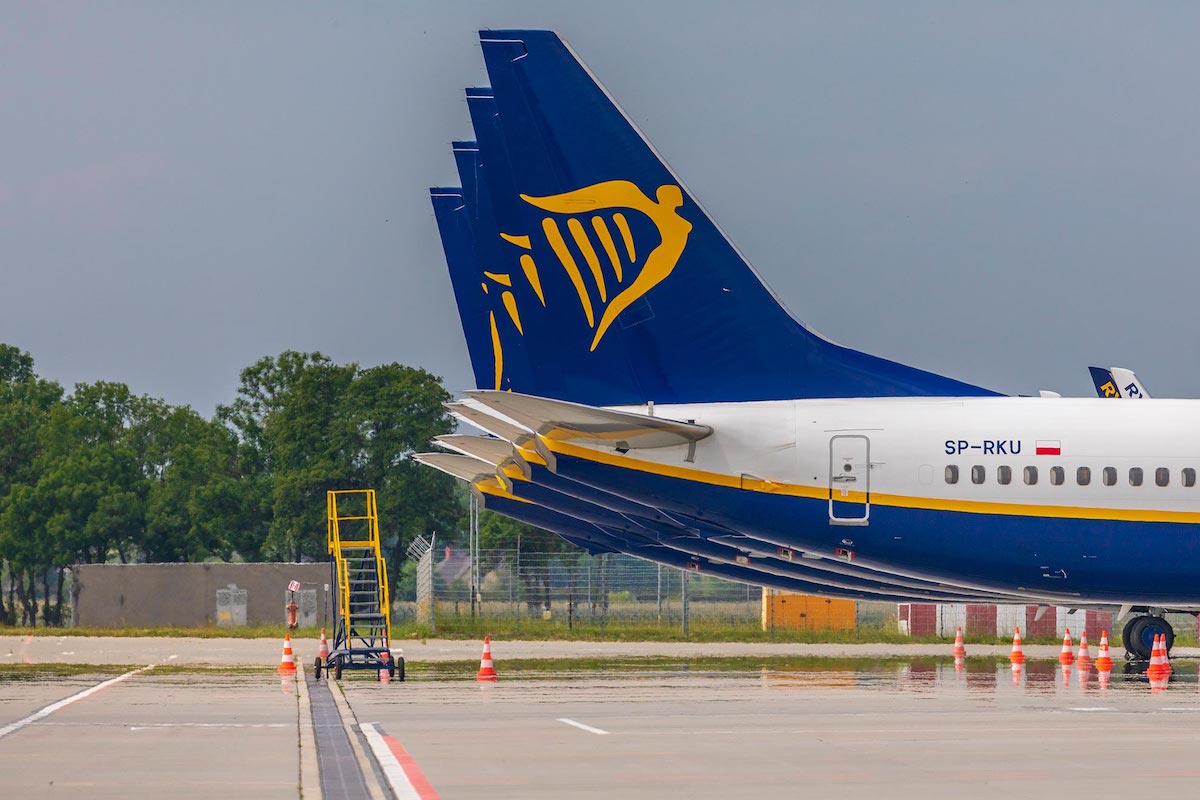Japan Airlines’ plan to return to profit by 2023 is getting a boost with a deal to raise up to ¥300 billion ($2.7 billion) in new capital to fund a transformation of its business.
That plan, called the Medium-Term Management Plan, sees the Tokyo-based carrier focus on growing its budget subsidiaries Jetstar Japan, Spring Airlines Japan and Zipair, while shrinking — or “optimizing” in corporate-speak — its full-service JAL brand. Capital will go to growing the discounters in each carrier’s target market: Jetstar in domestic Japan, Spring between Japan and China with an eye on inbound Chinese visitors, and Zipair on long-haul leisure travelers to Hawaii, Southeast Asia, and the Pacific Coast of North America. At the same time, JAL will see its fleet of large widebody aircraft shrink and a focus on resuming only “highly-profitable” routes with an eye towards its strategic partners American Airlines, British Airways, Finnair, Iberia and Malaysia Airlines.
Legacy carriers around the world face similar pressures as JAL. The leisure-first recovery has benefitted low-cost carriers and reinforced the strength of the model in the airline industry. Take Mexico for example, where budget carrier Volaris has used legacy carrier Aeromexico’s Chapter 11 bankruptcy restructuring in the U.S., and the demise of mid-market Interjet to accelerate its domestic growth plans and capture more share — a strategy that has proven successful thus far. Similar trends are underway in Europe and elsewhere around the world. This confirmation of the strength of the budget model has numerous legacy carriers looking for ways to grow beyond simply cutting costs. For example, British Airways is weighing whether to shift its entire London Gatwick operation to a new low-cost subsidiary.
JAL is not immune to these pressures and, as it acknowledged in May, its transformation plan aims to “address the changing market trends.”
To do this, JAL needs capital. The new financing is split between up to ¥200 billion in subordinated term loans split into two tranches, and up to ¥100 billion in hybrid bonds. Both loan tranches are set to price by the end of November, with maturities in 25 years. The carrier has not set a closing date for the bonds but the maturity will be 37 years.
The airline will funnel proceeds from the financing directly into its transformation plan. The top priority is to pay for the delivery of eight new Airbus A350s due by March 2024, which is the end of JAL’s 2023 fiscal year. The carrier already flies 10 A350-900s domestically and plans to introduce the A350-1000 on European and U.S. routes — where it will replace Boeing 777s — in 2023. JAL plans to retire 24 777s leaving it with just 13 aircraft by March 2024. The airline had outstanding orders for eight A350-900s and 13 -1000s at the end of August, according to Airbus orders and deliveries data.
Other uses for the new capital include investment in a new revenue management system, repaying debt, and to boost working capital.
JAL forecasts that leisure demand, both domestic and international, will recover by March 2024. Business travel, however, is expected to take longer to return. Despite the slower corporate travel recovery, the airline anticipates returning to pre-crisis earnings before income and taxes levels of roughly ¥170 billion by its 2023 fiscal year.
The carrier lost ¥57.9 million on revenues of ¥133 million during the three months ending in June. JAL ended the quarter with ¥408 billion in unrestricted cash and cash equivalents. Passenger traffic during the quarter was only 17 percent of two-years earlier, and capacity stood at 44 percent of 2019 levels.

